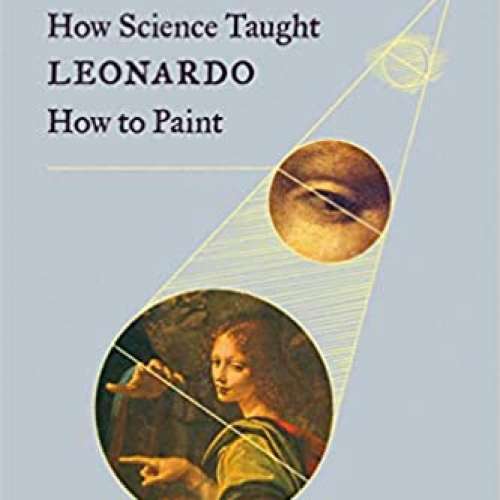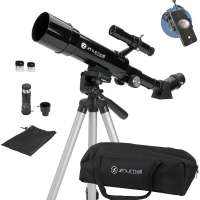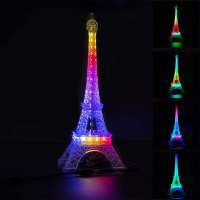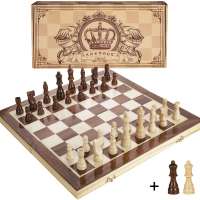
Leonardo da Vinci has long been celebrated for his consummate genius. He was the painter who gave us the Mona Lisa and The Last Supper, and the inventor who anticipated the advent of airplanes, hot air balloons, and other technological marvels. But what was the connection between Leonardo the painter and Leonardo the scientist? Historians of Renaissance art have long supposed that Leonardo became increasingly interested in science as he grew older and turned his insatiable curiosity in new directions. They have argued that there are, in effect, two Leonardos―an artist and an inventor.
In this pathbreaking new interpretation, the art historian Francesca Fiorani offers a different view. Taking a fresh look at Leonardo’s celebrated but challenging notebooks, as well as other sources, Fiorani argues that Leonardo became familiar with advanced thinking about human vision when he was still an apprentice in a Florence studio―and used his understanding of optical science to develop and perfect his painting techniques. For Leonardo, the task of the painter was to capture the interior life of a human subject, to paint the soul. And even at the outset of his career, he believed that mastering the scientific study of light, shadow, and the atmosphere was essential to doing so. Eventually, he set down these ideas in a book―A Treatise on Painting―that he considered his greatest achievement, though it would be disfigured, ignored, and lost in subsequent centuries.









































